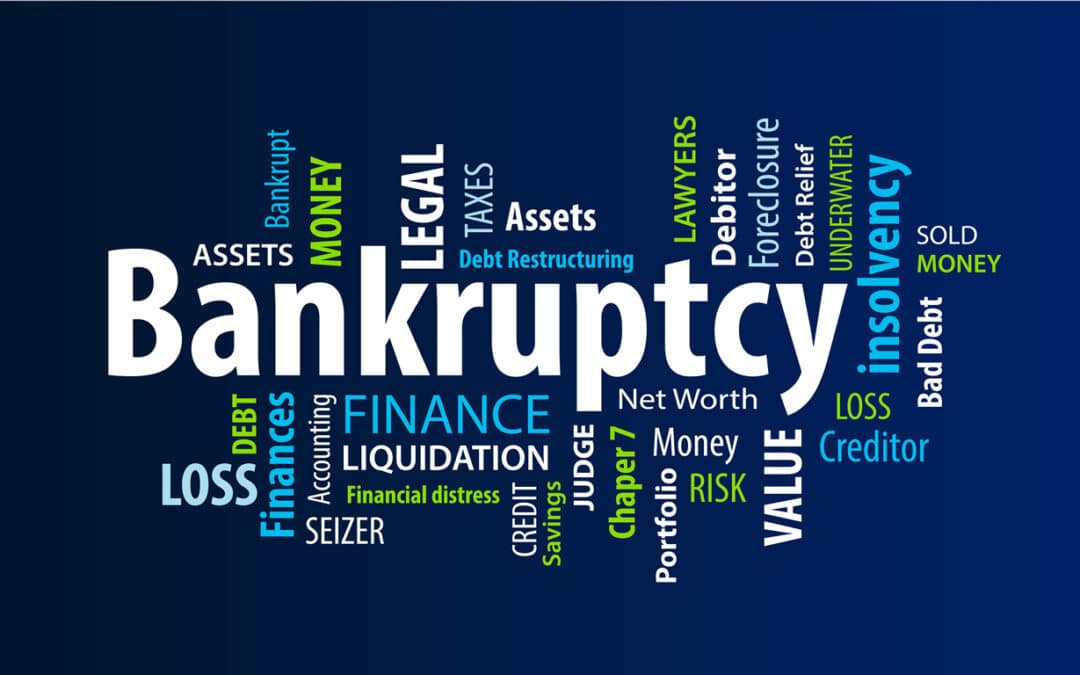A beneficial aspect of Chapter 13 bankruptcy is the ability to “cramdown” certain secured loans. A cramdown could lower the principal balance and interest rate you may owe on a loan. It could save you money and help keep your property. Read on to understand which of your debts may qualify for a cramdown and how it may benefit you.
What Debts Qualify for Bankruptcy Cramdown?
For a debt to qualify for bankruptcy cramdown it must first be a secured debt. A debt is considered secured when you use any of your property as collateral to assure the lender payment of the debt. The most common types of secured debts are mortgage loans on real estate and title loans on vehicles. But, a debtor can also have a personal loan that uses items such as furniture or household goods as collateral. All these types of secured debt can be part of a bankruptcy cramdown except the mortgage on a debtor’s homestead residence. There are restrictions on each type of loan which we will discuss below. But, first, let’s look at how bankruptcy cramdown works.
How Does a Bankruptcy Cramdown Work?
In Chapter 13 bankruptcy, a debtor usually continues to pay secured debts like normal while paying their unsecured debts through a court-structured repayment plan. The repayment plan can last 3 to 5 years depending on the debtor’s financial situation. Often a debtor only pays back part of their unsecured debts by the end of the repayment plan. The remaining debt is discharged.
A bankruptcy cramdown comes into play if one of the above-mentioned types of secured loans is no longer fully secured by the value of its collateral. The court could mandate the reduction of the loan balance to the collateral’s fair market value and allow it to become part of the debtor’s repayment plan. This would give them 3 to 5 years to make the payments and often lower the interest rates. The difference in the balances would get added in with the debtor’s other unsecured debts in the plan and receive only a portion of what is owed.
For example, your car was valued at $15,000 when you took out the loan to buy it. But, only a few years later it has depreciated in value to $5,000 even though you still owe $8,000. With a bankruptcy cramdown, the court could make the creditor renegotiate the loan contract and reduce the principal rate to $5,000. The interest rate on the loan could also be lowered and the time to pay the loan back extended until the end of your Chapter 13 repayment plan. The $3,000 difference would be lumped in with your other unsecured debts and typically receive pennies on the dollar of what you owed. So, you might save thousands of dollars and get to keep your car.
Bankruptcy Cramdown Time Restrictions
There are restrictions on when a cramdown can occur. For the cramdown of a vehicle to happen, you must have purchased the vehicle more than 910 days (approx. 2 ½ years) before you file bankruptcy. When cramming down debt on personal property such as furniture and household goods, you must have owned the property more than one year before filing bankruptcy. As for debt on real estate other than your homestead, there is not a specific timeline of property purchase before a cramdown can happen. But, most courts require that the reduced debt has to be paid within the 3 to 5-year bankruptcy plan.
Could You Benefit from Bankruptcy Cramdown?
Regulations regarding bankruptcy can be complicated and are subject to your financial situation. To determine if bankruptcy cramdown would benefit your financial situation you need the help of an experienced bankruptcy attorney. Contact us for a free evaluation of your situation to see if bankruptcy will help you. Don’t try to figure it out on your own let our family help your family.

